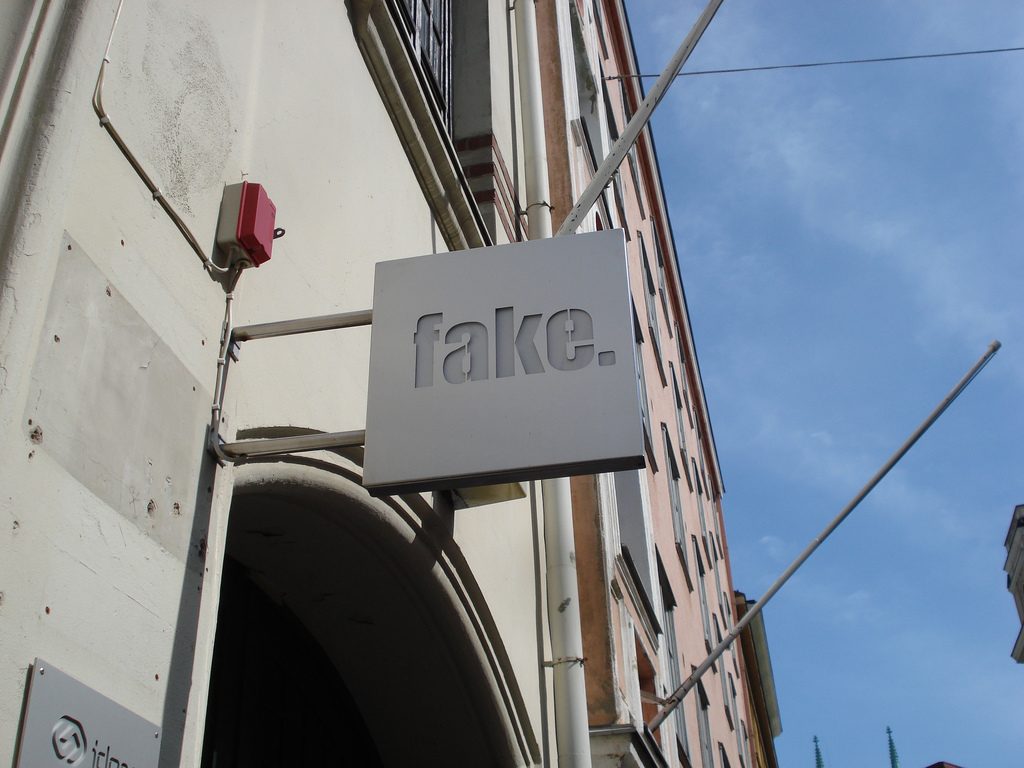Podcast: Play in new window | Download
Subscribe: Apple Podcasts | RSS
A lot of design chatter this week! We obviously must be faking it!
- Dave is creating a new PCB for his Nixie project, Chris recommends they shop on PCB Shopper
- At the shared workspace Chris is at, Twisted Traces is doing bundled assembly.
- For a new industrial board Chris is looking at, he’s considering an RS485 physical layer with an RJ45 connector and using Cat5 cabling.
- For a single master, multi slave configuration on a bus, he’ll need to use DIP switches.
- Dave has used 1 wire Unique ID (UID) chips in the past, such as the DS2401.
- The Tiko 3D printer failed.
- CNLohr had some good war stories about making 2000 wifi/blinky badges for MAGfest
- Is something like the Chipeasy a requirement for your lab? It’s still funding on Kickstarter.
- There are other tools that manage your in-lab inventory with software like PartsBox.
- Keysight will be giving away a bunch of scopes in March…and we’re judging!
- Chris wanted to give some insight to people starting to freak out about the EE job search (hint: build stuff)
- Zachtronics apparently aren’t the only ones making Hardware design video games. Is this a trend?
Many thanks to our Patreon sponsors! We’ll be back next week!
Thank to Ian Kennedy for the fake sign photo.


Dave, I like the debunking videos because of the engineering. I usually don’t care about the products one way or the other but the process of the “back of the envelope” analysis has been very useful to me.
DIP switches? Why not use headers and jumpers like PC motherboards and ATA/SCSI drive ID settings? Seems like that might be a bit cheaper, especially if you just need to set it once.
In industrial situations I think the “jumpers vibrating out” has been cited in the past as a concern, but that’s totally a viable option. Likely much cheaper too, like you mention. Does take up a bit more board space though if you want to have an appreciable amount of numbers. A 4 pin dip can set 16 numbers, wouldn’t that require 1.6″ x 0.2″ of space on your board?